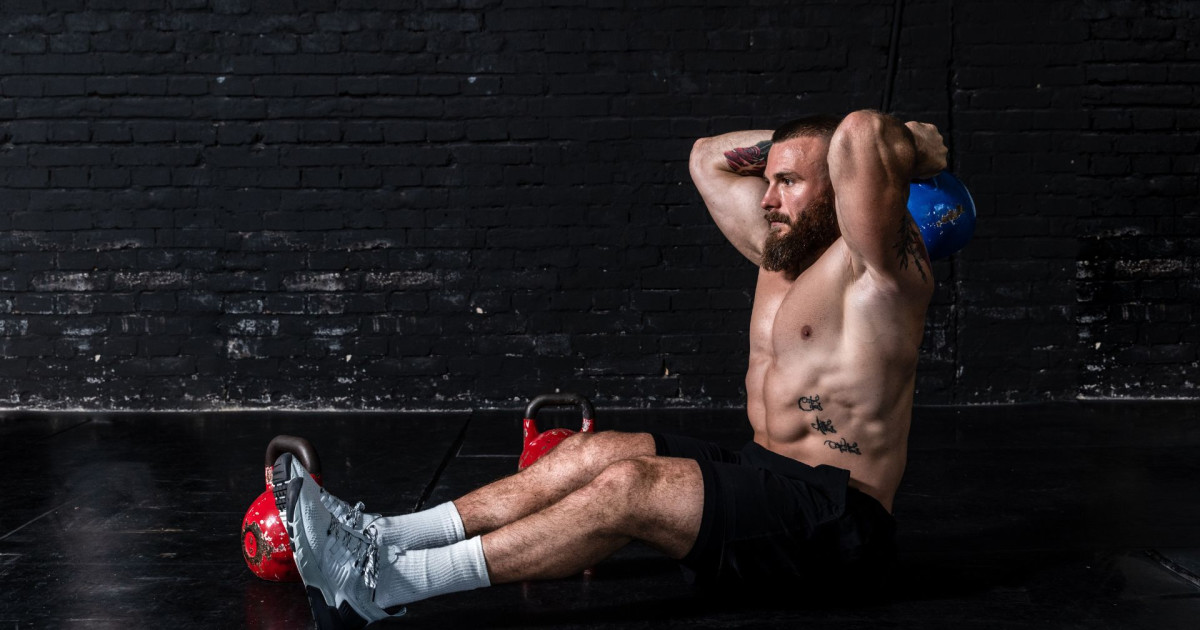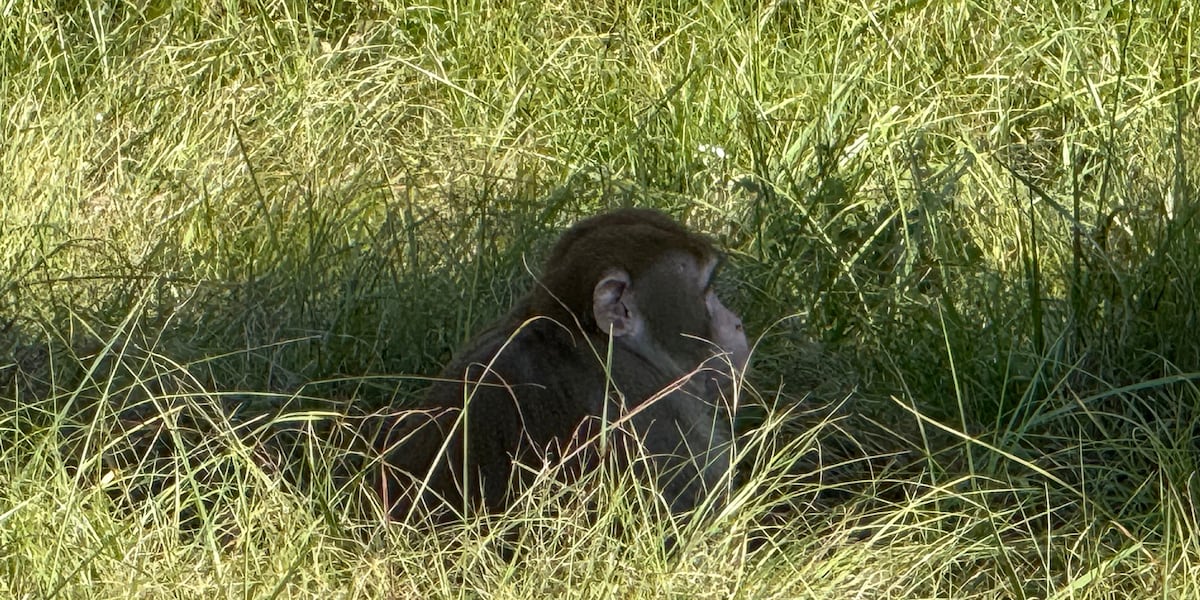Copyright Men's Journal

Building serious arm size takes more than pressing on repeat. To fill out a sleeve and add lockout strength, put the triceps extension in regular rotation. This classic elbow‑extension move is one of the best triceps exercises because it lets you load the triceps directly. And when you take it overhead, you’ll tap a deep stretch on the long head that many lifters never hit with pushdowns alone. It’s not just bro‑lore either. In a 12‑week study on trained adults, extensions performed with the arms overhead produced substantially greater triceps hypertrophy than the same movement in a neutral arm position, likely thanks to the longer muscle length and consistent tension through the bottom of the rep. Translation: smarter angles, better gains, without crushing your shoulders or frying your chest like another bench session. Here’s how to nail the triceps extension with dialed‑in form, the key benefits, the muscles you’re actually training, and the best variations, from dumbbell overhead and rope cable to lying skull crushers, so you can build stronger arms and stronger presses starting today. Want the latest fitness advice and workouts to tackle any adventure? Sign up for our Blueprint newsletter. How to Do a Triceps Extension Stand tall (or sit upright) with your ribs down, core lightly braced, and a neutral spine. Set your upper arms close to your ears if going overhead, or by your sides for cable/pushdown variations. Grip your dumbbell(s), EZ bar, or rope handle so wrists stay straight and elbows point forward, not flared. Keep your upper arms fixed throughout the set. Lower the weight slowly by bending at the elbows until you feel a comfortable stretch, stopping just shy of shoulder or elbow discomfort. Overhead positions lengthen the long head and increase the stretch stimulus. Pause briefly at the bottom, then extend your elbows to drive the weight back up, finishing with a soft lockout. Breathe in on the way down, out as you press back up. Use a 2-3 second eccentric to keep tension where you want it. Start light and aim for 10-15 reps with perfect control before building load. Pro Tips If elbows feel cranky, switch to a rope or single‑arm cable to find a wrist angle that suits you. Keep your ribs stacked, and if your low back arches, reduce the weight or sit down to stabilize. Benefits of the Triceps Extension There are plenty of ways to train arms, but here’s why triceps extensions deserve a permanent spot in your routine. Build bigger arms by directly targeting all three heads, with overhead positions placing the long head under a deeper stretch linked to greater hypertrophy over 12 weeks. Drive pressing power by improving elbow lockout strength without piling more fatigue on your chest and shoulders; isolation work lets the elbow extensors carry the load. Train at longer muscle lengths, which can boost hypertrophy results, especially when the arms are elevated overhead. Customize to your joints with dumbbells, cables, ropes, machines, or TRX, adjusting grip and angle to find a pain‑free path while maintaining triceps tension. Balance development across heads by rotating shoulder angles; overhead for the long head, neutral/lying for lateral and medial contributions, based on how each head helps at different elevations. Support daily movement by strengthening elbow extension for tasks like pushing open doors, picking up groceries, or bracing during athletic change‑of‑direction, skills that carry beyond the weight room. Health & Fitness Searching for Dedicated Triceps Workouts? Try the 15 Best Triceps Exercises of All Time These are the absolute best triceps exercises to stretch your shirtsleeves. Pete Williams What Do Triceps Extensions Work? Triceps extensions primarily train the triceps brachii—the long, lateral, and medial heads—by isolating elbow extension. Because the triceps share a common tendon at the olecranon (elbow), all three heads help extend the elbow, with the long head also crossing the shoulder joint. How your shoulder is angled will change the emphasis. When your arms move overhead, the long head is more stretched, which can mean a stronger hypertrophy stimulus. Neutral‑arm positions (like pushdowns or many lying variations) tend to call on the lateral and medial heads instead. You’ll also get help from stabilizers that keep the shoulder and torso steady, like the rotator cuff, scapular upward/downward rotators, and core brace. These muscles don’t drive the lift, but they allow you to load the elbow safely and keep tension on the triceps where it belongs—the triceps. Triceps Extension Variations Overhead Cable Triceps Extension (Rope or Straight Bar) The overhead position lengthens the long head, and using a rope or straight bar with a cable gives you constant tension on the muscles and is easily adjustable. How to Do It Stand tall with a slight forward lean, abs braced, and the cable set behind you at shoulder height or higher. Grip the rope or bar with wrists neutral; bring elbows close to your ears. Bend at the elbows to lower behind your head until you feel a comfortable stretch. Pause, then extend your elbows to return to the start without flaring. Keep ribs stacked and upper arms fixed for the whole set. Lying Dumbbell Triceps Extension (Skull Crusher) Performing a lying dumbbell triceps extension uses a neutral shoulder angle that favors the lateral/medial head while still training a long eccentric range to build strength and muscle. How to Do It Lie on a flat bench with feet planted and dumbbells locked out over your shoulders. Set upper arms at a slight backward angle. Lower dumbbells toward the sides of your head or slightly behind it, keeping elbows pointed up. Pause, then extend your elbows to a soft lockout without moving your shoulders. Use a controlled 2–3 second eccentric. Seated Overhead Dumbbell Triceps Extension (One or Two DBs) The seated triceps extension lets you train at an overhead angle for longer muscle lengths for bigger gains. If you’re extra strong and need to use heavy dumbbells for this move, staying seated for the triceps overhead extension can give you a more stable base. How to Do It Sit upright on a bench, feet flat, ribs down, and core braced. Press one heavy dumbbell (hands on plate) or two dumbbells overhead with elbows close to your ears. Bend at the elbows to lower behind your head until you feel a stretch. Pause, then extend to the top without arching your low back. Cross‑Body Cable Triceps Extension A cross-body cable triceps extension setup lets you fine‑tune your elbow path and wrist angle to stay pain‑free while isolating elbow extension. How to Do It Cross two facing cables and grasp the ends, one in each hand. Stand back to put tension on the cables. Bend your elbows 90 degrees and draw them back behind your body. Extend your elbows to lockout. Take two seconds to lower the weight and hold the top of each rep for three seconds. Incline Triceps Extension The incline triceps extension stretches the long head under load for maximum tension, giving you a deep burn and full lockout without shoulder strain. How to Do It Set an adjustable bench to a 30- to 45-degree incline and lie back against it with a dumbbell in each hand. Press the weights over your head and let your arms drift back so they point at an angle, and you feel a stretch on your triceps. Bend your elbows and lower the weights behind your head. Now extend your elbows to lock out. About the author Rachel MacPherson, C.P.T. Health & Fitness Writer, Men's Journal Rachel MacPherson is a C.P.T., C.S.C.S., PN1 certified nutrition coach, PN macros-based coaching specialty, and certified pain-free performance specialist. She's a lifelong health and fitness enthusiast with 15 years of experience.



